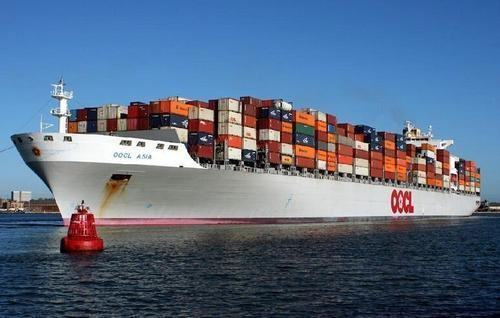Nov . 07, 2024 10:59 Back to list
Types and Sizes of HDPE Pipe Diameters for Various Applications
Understanding HDPE Pipe Diameters and Their Applications
High-Density Polyethylene (HDPE) pipes have become a popular choice in various industries due to their strength, durability, and adaptability. These pipes are extensively used in water distribution, sewage systems, gas distribution, and irrigation, among other applications. A key aspect of HDPE pipes is their diameters, which play a crucial role in determining their suitability for different projects. In this article, we will explore the significance of HDPE pipe diameters, the standards governing them, and their applications across various sectors.
What Are HDPE Pipes?
HDPE pipes are made from a thermoplastic polymer known for its high tensile strength and resistance to impact, chemicals, and environmental stressors. This makes HDPE a preferred choice for projects requiring reliable and long-lasting materials. The pipes are available in a range of diameters, typically measured in millimeters (mm) or inches, and are designed to meet specific industry standards.
Importance of Pipe Diameter
The diameter of an HDPE pipe has a direct impact on its flow capacity and pressure rating. Larger diameter pipes can transport more fluid, which is essential for high-demand applications, such as municipal water supply systems or large-scale irrigation. Conversely, smaller diameter pipes are suitable for residential water distribution systems or drainage applications. Therefore, understanding the various diameters available is essential for engineers and project managers when designing an effective pipeline system.
Standard Pipe Diameters
HDPE pipes generally come in a variety of standard diameters. The most common sizes range from 16 mm (approximately 0.63 inches) to 1,200 mm (approximately 47.2 inches). The most widely used nominal diameters include 20 mm, 32 mm, 50 mm, 63 mm, and entire range from 75 mm up to 1,200 mm matching different needs in construction and infrastructure projects.
These diameters adhere to specific standards established by organizations such as the American Water Works Association (AWWA), ASTM International, and the International Organization for Standardization (ISO). These standards ensure that HDPE pipes meet predetermined criteria for performance, which include strength, flexibility, and resistance to various environmental conditions.
Factors Influencing Pipe Diameter Selection
Choosing the right pipe diameter depends on several factors, including
hdpe pipe diameters products

2. Pressure Conditions Systems that encounter high pressure may require larger diameter pipes to account for pressure losses, ensuring optimal performance under defined operational conditions.
3. Distance of Run Longer runs typically benefit from larger diameters to reduce friction losses, thereby minimizing the risk of reduced flow rates over extended distances.
4. Regulatory Compliance Many regions have specific regulations governing pipe diameters for particular applications, particularly in municipal water distribution and sewage systems.
5. Installation Environment The conditions under which the pipes will be installed, including soil type, existing infrastructure, and the potential for ground movement, can also influence the optimal diameter choice.
Applications of HDPE Pipes by Diameter
- Small Diameter Pipes (16 mm to 63 mm) Ideal for irrigation systems, residential water supply, and low-pressure drainage applications. - Medium Diameter Pipes (75 mm to 225 mm) Commonly used in municipal water distribution systems, sewage systems, and industrial applications.
- Large Diameter Pipes (Above 250 mm) Suited for high-capacity urban infrastructure, large-scale irrigation projects, and heavy-duty drainage systems.
Conclusion
HDPE pipes have revolutionized the way we approach piping systems, combining strength with flexibility and resistance to corrosion. Understanding the significance of pipe diameters is crucial for ensuring that projects meet their objectives effectively and sustainably. By choosing the right diameter based on flow requirements, pressure conditions, and installation environment, engineers can optimize performance, reduce costs, and improve the overall reliability of piping systems. As industries continue to evolve, HDPE pipes will remain at the forefront of modern infrastructure, making precise knowledge of their characteristics and applications more vital than ever.
-
High-Quality PVC Borehole Pipes Durable & Versatile Pipe Solutions
NewsJul.08,2025
-
High-Quality PVC Perforated Pipes for Efficient Drainage Leading Manufacturers & Factories
NewsJul.08,2025
-
High-Quality PVC Borehole Pipes Durable Pipe Solutions by Leading Manufacturer
NewsJul.08,2025
-
High-Quality PVC Borehole Pipes Reliable PVC Pipe Manufacturer Solutions
NewsJul.07,2025
-
High-Quality UPVC Drain Pipes Durable HDPE & Drain Pipe Solutions
NewsJul.07,2025
-
High-Quality Conduit Pipes & HDPE Conduit Fittings Manufacturer Reliable Factory Supply
NewsJul.06,2025

